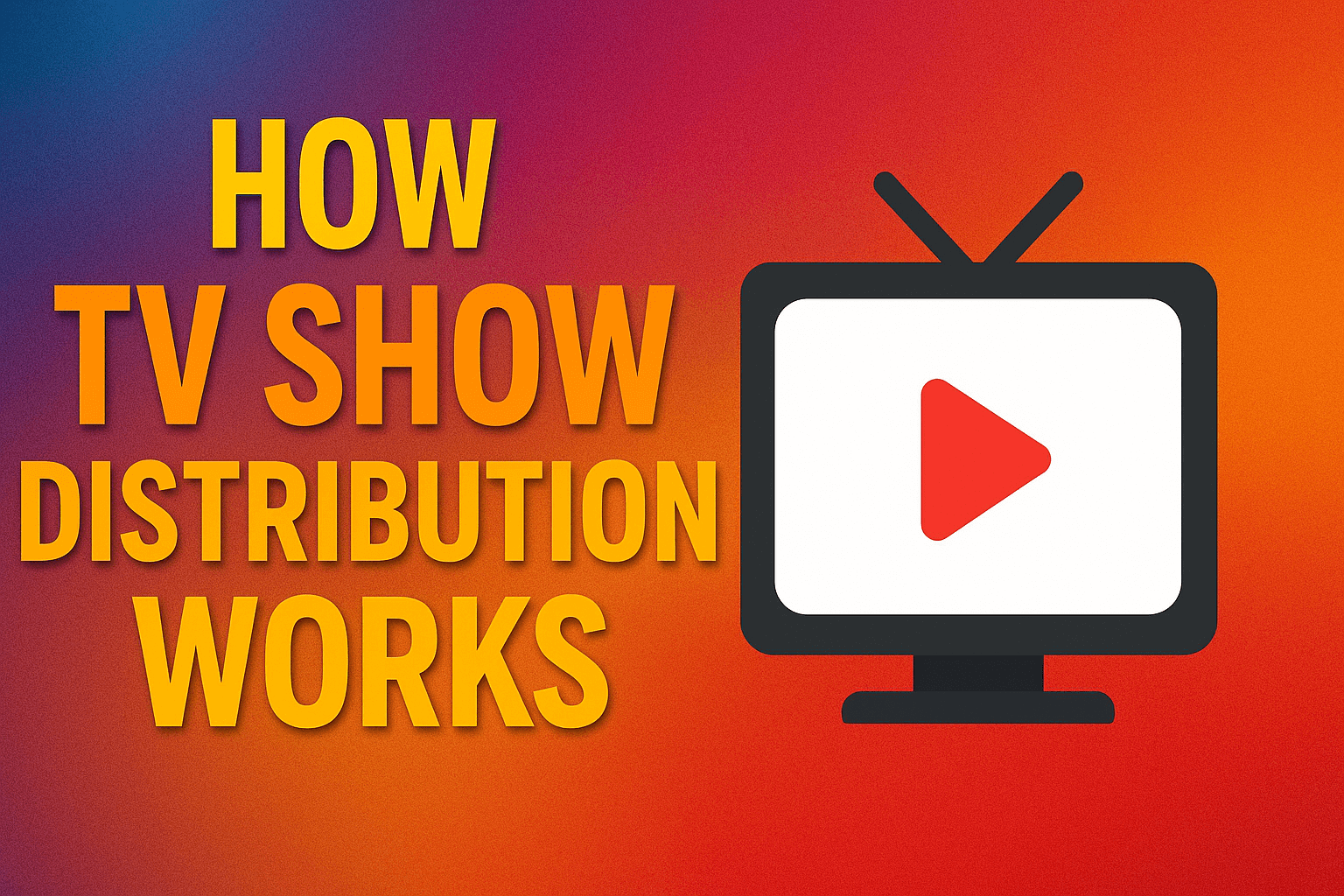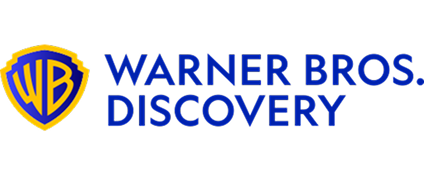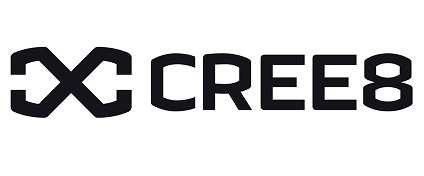How TV Show Distribution Works: A Producer’s Guide to Global Sales in 2025

Introduction
After navigating the arduous journey of development, financing, and production, a television series finally exists as a finished product. However, its value is not realized until it reaches an audience.
This final, critical stage of the content lifecycle is tv show distribution—the complex process of licensing the series to broadcasters, streaming platforms, and other media outlets around the world.
For producers, distribution is the monetization engine, the phase where years of investment and creative work are converted into revenue. In today’s globalized, multi-platform media environment, a successful distribution strategy is a sophisticated blend of market knowledge, strategic deal-making, and robust industry relationships.
It is no longer enough to simply produce a great show; one must also master the intricate business of selling it. This guide breaks down the core models, players, and strategies that define modern content distribution.
Key Takeaways
| Core Challenge | Identifying and connecting with the right international distributors and buyers for a specific genre or content type is a major hurdle for producers. |
| Strategic Solution | Utilize a centralized intelligence platform to map the global distribution landscape, identify active buyers by territory, and access verified contacts. |
| Vitrina’s Role | Vitrina’s platform provides a database of over 10,000+ distributors and buyers, enabling sales teams to execute targeted, effective outreach campaigns. |
The Global TV Show Distribution Landscape
The business of TV show distribution has been fundamentally reshaped by the rise of global streaming services. In the past, the model was relatively linear: a producer sold a show to a domestic broadcaster, who might then sell it to a handful of international networks.
Today, the landscape is a complex, non-linear web of platforms and windows. A single series can be available on a subscription video-on-demand (SVOD) service in one country, a free, ad-supported streaming (FAST) channel in another, and a traditional broadcast network in a third.
This fragmentation creates both immense opportunity and significant challenges. According to a 2023 market analysis from 3Vision, the rapid growth of FAST channels alone has created a powerful new distribution avenue, especially for library content.
For producers, this means there are more potential buyers than ever before. However, it also means that maximizing a show’s value requires a highly sophisticated, territory-by-territory strategy.
Successfully monetizing a show across this complex landscape is the final and most crucial step of the TV series lifecycle.
Key Players in the Distribution Ecosystem
Navigating the sales process requires understanding the roles of the key intermediaries who connect content with platforms.
- The Producer/Rights Holder: This is the individual or company that owns the intellectual property and has the legal right to sell the show.
- The Sales Agent: A specialized individual or company that represents the producer in the marketplace. Sales agents have deep relationships with buyers and an expert understanding of a show’s value in different territories. They take a commission (typically 10-25%) on the deals they close.
- The Distributor: A larger company that acquires the distribution rights for a slate of shows, often for multiple years and across many territories. Distributors handle the marketing, sales, and delivery of the content to buyers. Major studios often have their own powerful distribution arms (e.g., Warner Bros. International Television Distribution).
- The Buyer/Acquirer: This is the end customer—the broadcast network, cable channel, or streaming service (like Netflix, Amazon Prime Video, or a regional player) that licenses the content to show to its audience.
For most independent producers, partnering with a reputable sales agent or distributor is the most effective way to access the global market.
Core TV Show Distribution Models and Strategies
There is no single way to sell a TV show. The strategy is tailored based on the show’s genre, budget, and the producer’s appetite for risk.
- Pre-Sales: As discussed in our guide to TV show financing, this involves selling the rights to a show before it’s produced. This is a common strategy to help fund the production budget but can sometimes mean leaving money on the table if the show becomes a breakout hit.
- Finished Program Sales: This is the most common model, where a completed series is taken to the market. Producers and their sales agents will attend major content markets like MIPCOM in Cannes or the LA Screenings to meet with buyers and screen their shows.
- Format Rights Sales: This involves selling the underlying concept and structure (“format”) of a show, allowing a broadcaster in another country to produce their own local version. This is extremely popular for unscripted genres like game shows and reality competitions (e.g., “The Voice,” “MasterChef”).
Windowing Strategy: This is the strategic release of a show across different platforms over time. A show might premiere exclusively on an SVOD service (First Window), then move to a basic cable network a year later (Second Window), and finally become available on an ad-supported service (Third Window). Each window represents a separate licensing deal and revenue stream.
Anatomy of a Distribution Deal
A distribution agreement is a complex legal contract that outlines the specific terms under which a buyer can exhibit a show. Key terms include:
- The License Fee: The amount of money the buyer pays for the rights. This can be a flat fee for the entire series or a per-episode price.
- The Territory: The specific geographic region(s) where the buyer can show the content (e.g., “German-speaking Europe”).
- The Term: The length of time the buyer holds the rights (e.g., “3 years from the date of first broadcast”).
- The Media Rights: The specific platforms the deal covers. This is increasingly granular and can specify rights for SVOD, AVOD, FAST, basic cable, pay TV, and more.
- Exclusivity: Whether the buyer has the sole right to exhibit the show in their territory during the term.
Negotiating these deals to maximize value and retain flexibility for future sales is the core skill of a distribution executive. For more detail on this, explore our solutions for distribution and licensing.
Navigating the Modern Distribution Market
The contemporary market for tv show distribution is defined by data. Buyers at major streaming platforms make acquisition decisions based not only on the creative quality of a show but also on sophisticated models that project its potential performance with their specific audience.
This data-driven approach means that producers and sales agents must come to the table with a clear understanding of their show’s target demographic and its potential appeal in various international markets.
Furthermore, a producer’s ability to succeed is directly tied to their ability to efficiently navigate the vast landscape of potential partners. Manually tracking thousands of global distributors and buyers, understanding their current programming needs, and finding the right contacts is a monumental task.
This is where strategic market intelligence becomes a competitive necessity. Platforms like Vitrina provide the essential infrastructure for modern distribution, offering a dynamic, searchable map of the entire global ecosystem.
By leveraging such a tool, sales teams can move from inefficient, speculative outreach to a targeted, data-informed sales strategy, dramatically increasing their ability to find the right home for their content.
Conclusion: Distribution as the Final Frontier
TV show distribution is the final and most crucial step in the journey from concept to consumer. It is the complex, high-stakes process of transforming a creative asset into a global commercial product.
Success in this arena requires more than just a great show; it demands a sophisticated understanding of international markets, a strategic approach to deal-making, and an extensive network of relationships with buyers and platforms.
In an increasingly crowded and fragmented global marketplace, the producers and distributors who thrive will be those who harness data and technology to navigate the landscape with precision, ensuring their stories find the widest possible audience and generate the maximum possible return.
Frequently Asked Questions
TV shows are distributed through a process of licensing. Producers or their sales agents/distributors sell the rights to exhibit the show to buyers, which are typically broadcast networks, cable channels, or streaming services. These deals specify the territories, time period, and platforms the show can be on.
A TV distribution deal is a legal contract that grants a buyer (like a network or streaming service) the right to broadcast or stream a TV show for a specific period of time in a specific geographical territory. In exchange, the buyer pays a license fee to the show’s rights holder.
The biggest TV distributors are typically the distribution arms of the major Hollywood studios, such as Warner Bros. International Television Distribution, Disney Entertainment Distribution, and NBCUniversal Global Distribution. There are also many large and successful independent distributors that specialize in selling content globally.
Windowing is the strategy of releasing a TV show on different platforms at different times. For example, a show might premiere exclusively on a subscription service for its “first window,” then be sold to a cable network a year later for a “second window,” and so on. This maximizes revenue by selling the show to different types of buyers over its commercial lifespan.

























